How to Tell If Grass Is Dead or Dormant (4 Signs & Expert Tips to Bring It Back)
-
Ed Malaker
- Last updated:
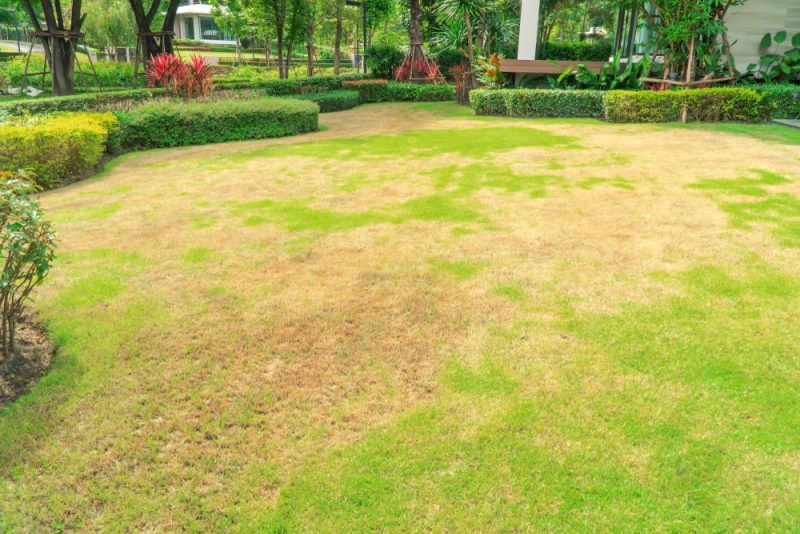
Seeing brown grass on your property can be disheartening, especially if you spend a great deal of time maintaining it. Fortunately, brown grass isn’t always dead. Sometimes it can just be dormant. If you are having difficulty figuring out what is going on with your lawn, keep reading as we list several signs that will enable you to determine the health of your grass, as well as a few tips to help bring it back.
The 4 Signs to Tell if Grass Is Dead or Dormant
1. Resistant or Brittle Blades
A tug test is the simplest and most effective grass testing method. To perform it, grab a few blades of the brown grass in your hand, and try to pull them out. If there is no resistance, the grass is dead. However, it’s likely dormant if the grass is resisting and snapping.
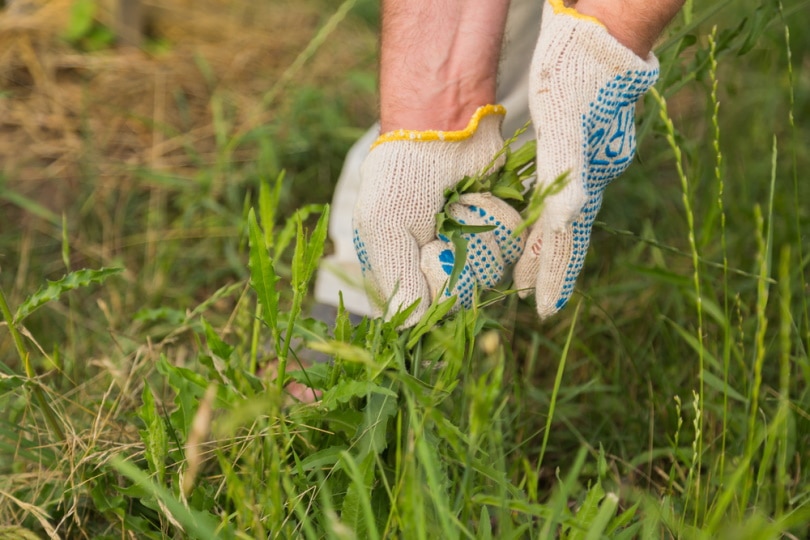
- If the grass is dormant, you’ll just have to wait for it to return to its usual self. Unfortunately, once the grass is dead, there is no bringing it back, and you must replace it by putting down sod or reseeding the area. Other options include mulch, artificial turf, rocks, a flower bed, or a garden.
2. Whole Sections or Patches of Brown Grass
Examining your property is an easy way to check for dead grass. You want to determine if the entire yard is brown or only small patches. If the entire yard is brown, it is more likely that the grass is dormant because it’s off-season. However, if only one isolated area is brown, it’s likely that the grass there is dead.
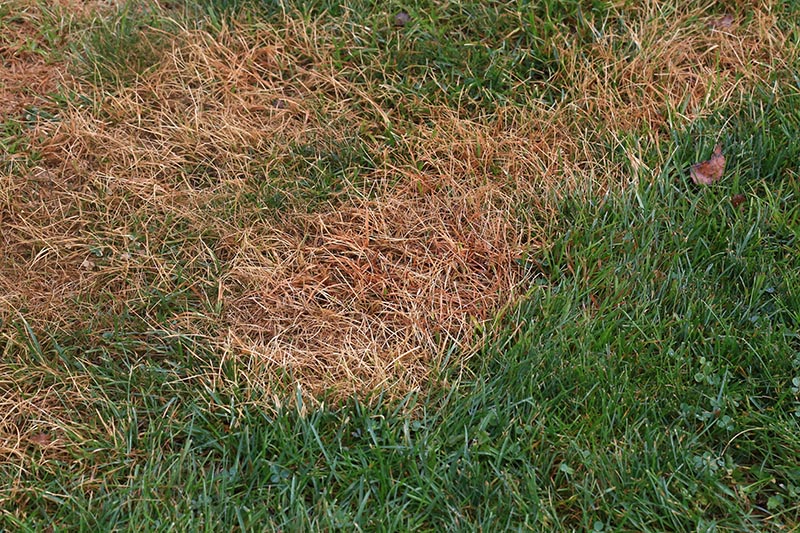
- If the grass is dead, you will need to replace it. However, it’s a good idea to determine what killed the grass beforehand, or the new grass will likely suffer the same fate. Grass might die because of insects, improper light or water, ground chemicals, etc. Fixing the problem can help get your lawn back on track.
3. Seasonal Grass
Cool-season grass, like Kentucky Bluegrass and Perennial Ryegrass, can go dormant in the summer when the temperature gets too hot, causing it to become brown. In contrast, warm-season grass, like Bermuda Grass and St. Augustine Grass, will go dormant in winter, when temperatures get cooler.
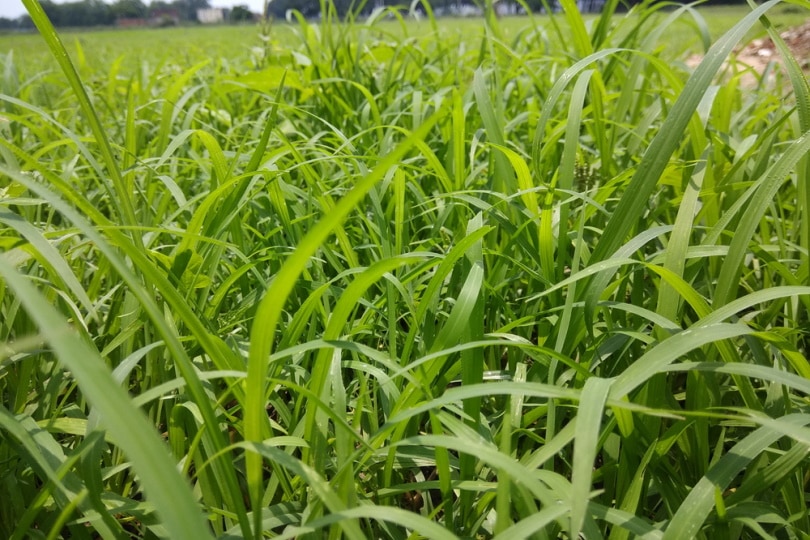
- In most cases, waiting until the temperature returns to normal is all that you need to do to see your grass turn green again. Watering your cool-season grass more often can help keep it from going dormant if it’s not too hot, and some gardeners have luck mixing cool- and warm-season grasses in the same yard.
4. Responsiveness to Water
Frequent watering will help you bring back dormant grass, while dead grass will not respond. Performing routine maintenance on your grass, like scheduled watering, will help the grass better withstand extreme weather conditions and help you notice any problems sooner.

- If routine maintenance brings any problems to your attention, you can immediately get to work addressing them, which can help reduce the amount of grass that you lose if it is dying, especially if the problem is insects or drought.
What Causes Dead Grass?
- Drought: Drought is a major cause of dead grass, especially during the summer, as the high temperatures and bright sunlight dry out the ground faster than usual. While most grass will go dormant when conditions aren’t ideal, extended droughts can kill it. In general, most lawns can last 4–6 weeks in drought conditions before permanent damage occurs.
- Pests: Bugs can destroy your lawn if you let them get out of hand, and they often seem to plague those who care for their lawns the most. Insects invade lawns because they are attracted to water and fertilizer, so be careful not to overdo it when watering, and follow the instructions on your fertilizer carefully.
- Overwatering: Overwatering your lawn will attract insects and put it at risk by causing the roots to remain close to the surface instead of digging down in search of water. When this happens, the hot summer temperatures can kill the grass more easily. Overwatering can also block air pockets in the soil that your grass needs to survive.
- Salt: The salt from salt trucks in the winter can often get into your grass near the street, which can kill it. Unfortunately, reseeding in early spring is often the only way to bring the lawn back.
- Chemicals: Chemicals like gasoline can quickly kill off your grass if any spills from a lawnmower or another tool. You will need to replace this grass by reseeding.
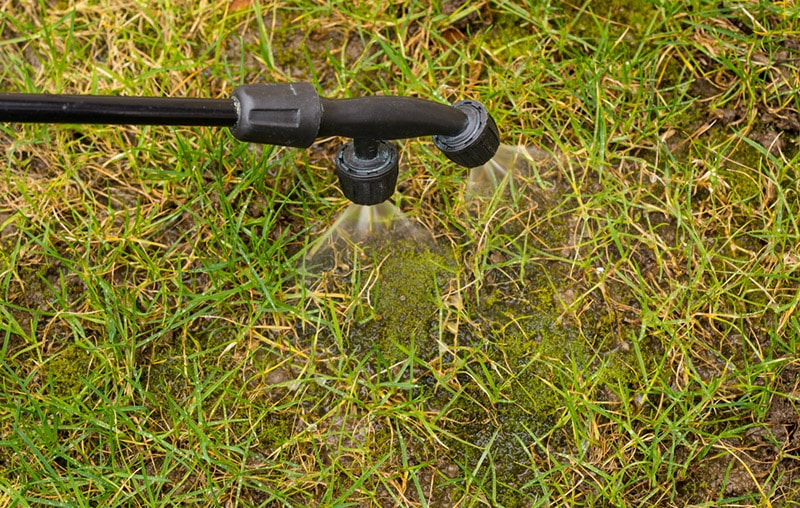
How Long Does It Take Dormant Grass to Turn Green?
If the grass is just going dormant because of high temperatures, watering it might bring it back in a few days. However, even after it comes out of dormancy, it can take 2–4 weeks to turn green again. The roots become active first to hydrate the grass and absorb the nutrients that it needs to turn green and resume growing.
How Often Should I Water My Lawn?
The short answer is that you should water the lawn as often as it needs it, with most requiring about 1 inch per week. However, there are many different types of grass, so following the watering instructions on the seed package will likely yield the best results. If you don’t have these instructions, pay attention to your lawn, and you will likely start to notice slight color variations and other clues, like wilting, that suggest that it’s time to water. Water in the morning, more often when the weather is hot, and less frequently when it’s been raining.
Summary
The tug test is the best way to tell if your grass is dead or dormant, as dead grass will pull up easily from the ground. You can also usually spot dead grass with the naked eye because it will appear in patches and usually result from drought, bugs, improper watering, or chemicals. If all the grass is brown, it’s likely dormant and will likely return to its colorful self when the weather improves.
Featured Image Credit: SingjaiStocker, Shutterstock
Contents
